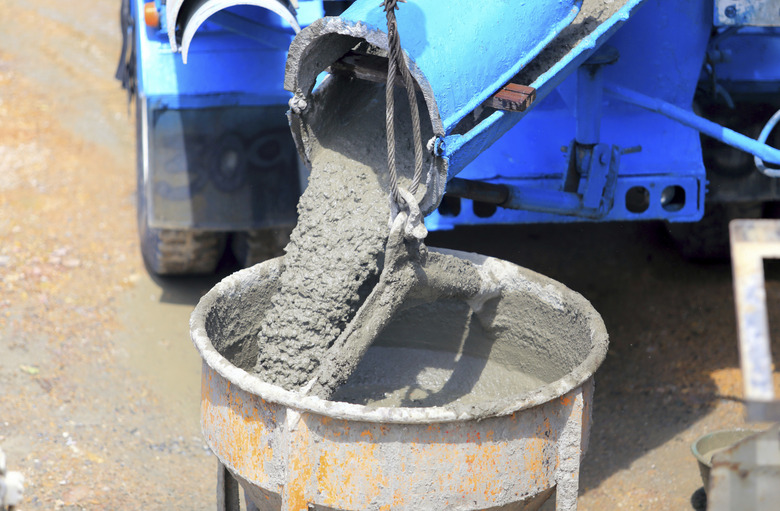What Is Silicon Dioxide?
Silicon dioxide, also known as silica, is the most abundant mineral in the Earth's crust, and it is found on every continent in forms ranging from fine powders to giant rock crystals. In addition to having a natural beauty in its raw mineral form, the substance has useful properties with important applications in everyday life.
Features
Features
A crystalline solid at normal temperatures, pure silicon dioxide is white in color and has a density of 2.2 grams per cubic centimeter. It is composed of one atom of silicon and two atoms of oxygen; the atoms are bound together tightly making it resistant to many harsh chemicals. In nature, it takes the form of sand or quartz crystals, and is relatively hard compared to most minerals. Silicon dioxide is highly resistant to heat, with a melting point of 1,650 degrees Celsius (3,000 degrees Fahrenheit).
Types
Types
Although sand and quartz crystals may appear different, they are both made primarily of silicon dioxide. The chemical makeup of these types is exactly the same, and the properties are generally the same, but they were formed under different conditions. Sand particles are very small, but tough and hard. Some quartz crystals have a milky-white appearance. So-called milky quartz is quite abundant, so it is common to find large rocks of this type of quartz. Mineral impurities can turn quartz purple, light pink, or other colors, resulting in precious or semi-precious stones such as:
- amethyst
- citrine
- rose quartz
- smoky quartz
Function
Function
Silicon dioxide is used in a number of different ways. One of the most common uses is to make glass, which is superheated and pressurized silicon dioxide. It is also manufactured for use in toothpaste. Because of its hardness, it helps to scrub away plaque on teeth. It is also a major ingredient in cement and used as a pesticide. Silica gel is a food additive and desiccant that helps absorb water.
Warning
Warning
While silicon dioxide is for the most part harmless, it poses health risks when inhaled. In powder form, small particles of the mineral can lodge in the esophagus and the lungs. It does not dissolve in the body over time, so it builds up, irritating sensitive tissues. One such condition is called silicosis, which causes shortness of breath, fever, and coughing and causes the skin to turn blue. Other conditions include bronchitis and, rarely, cancer.
Geography
Geography
Silicon dioxide is found just about everywhere in the world, as it is the most common mineral in the crust. On the surface of the earth, it is prevalent in rocky or mountainous regions. It is also present in the form of sand in the deserts and coasts of the world.
Cite This Article
MLA
Orwell, Mark. "What Is Silicon Dioxide?" sciencing.com, https://www.sciencing.com/what-silicon-dioxide-4600805/. 24 April 2017.
APA
Orwell, Mark. (2017, April 24). What Is Silicon Dioxide?. sciencing.com. Retrieved from https://www.sciencing.com/what-silicon-dioxide-4600805/
Chicago
Orwell, Mark. What Is Silicon Dioxide? last modified March 24, 2022. https://www.sciencing.com/what-silicon-dioxide-4600805/
